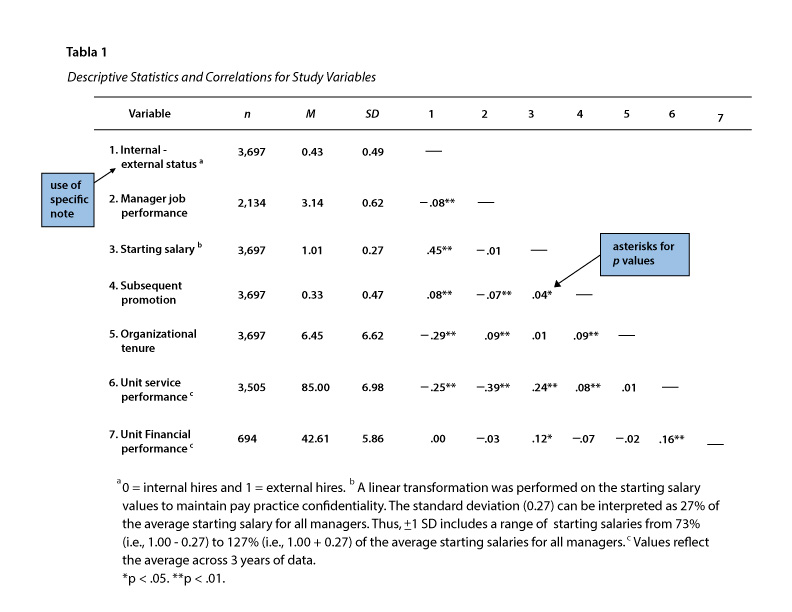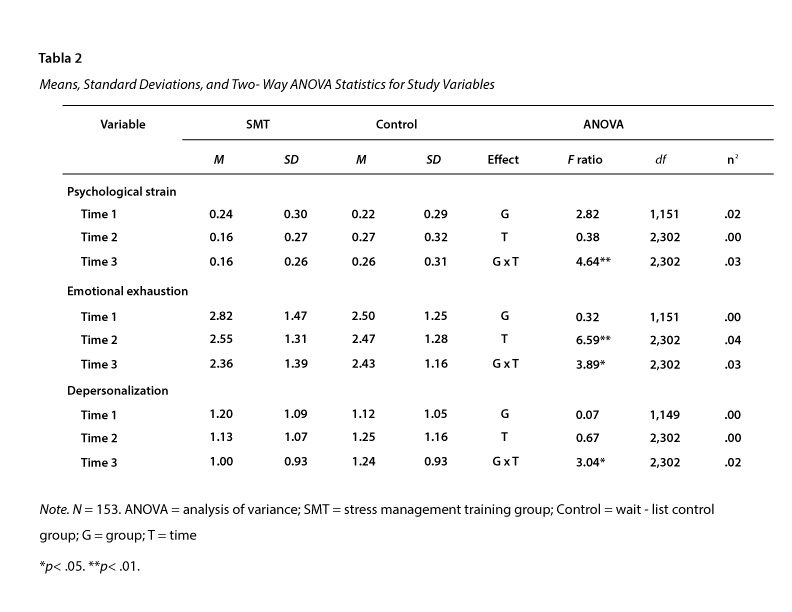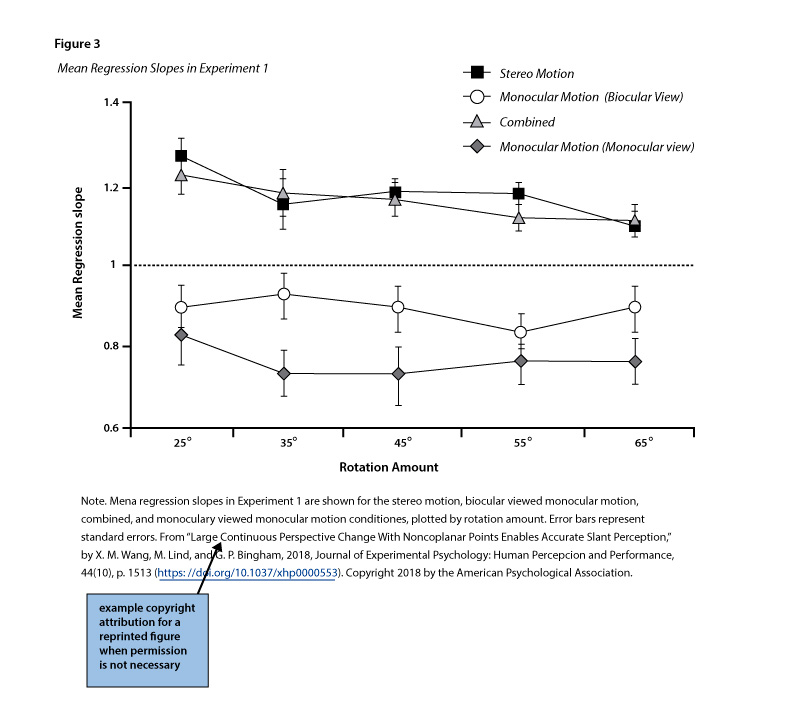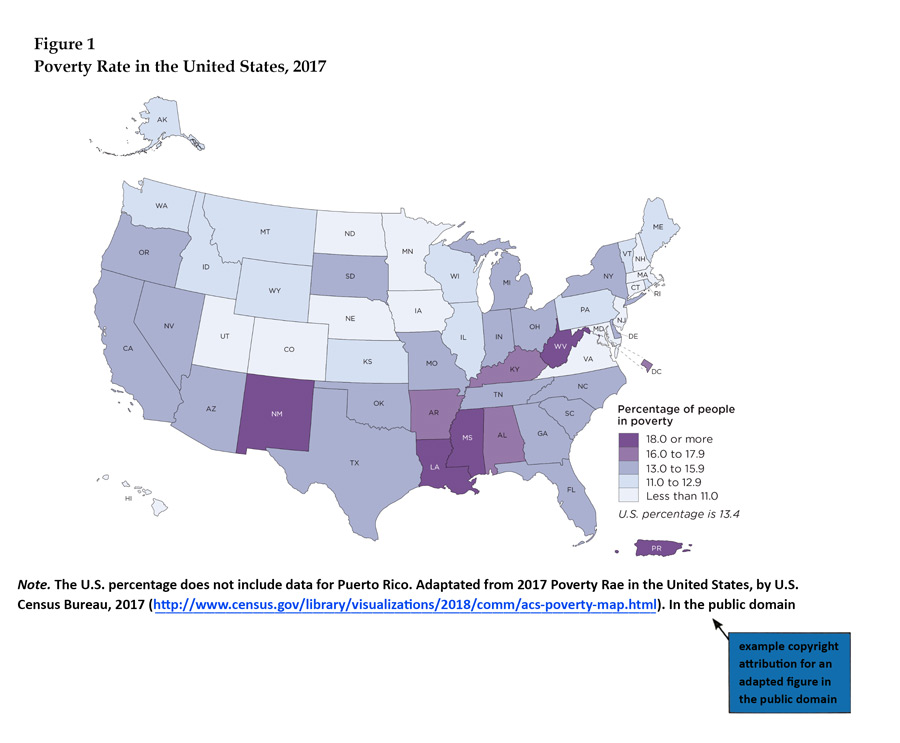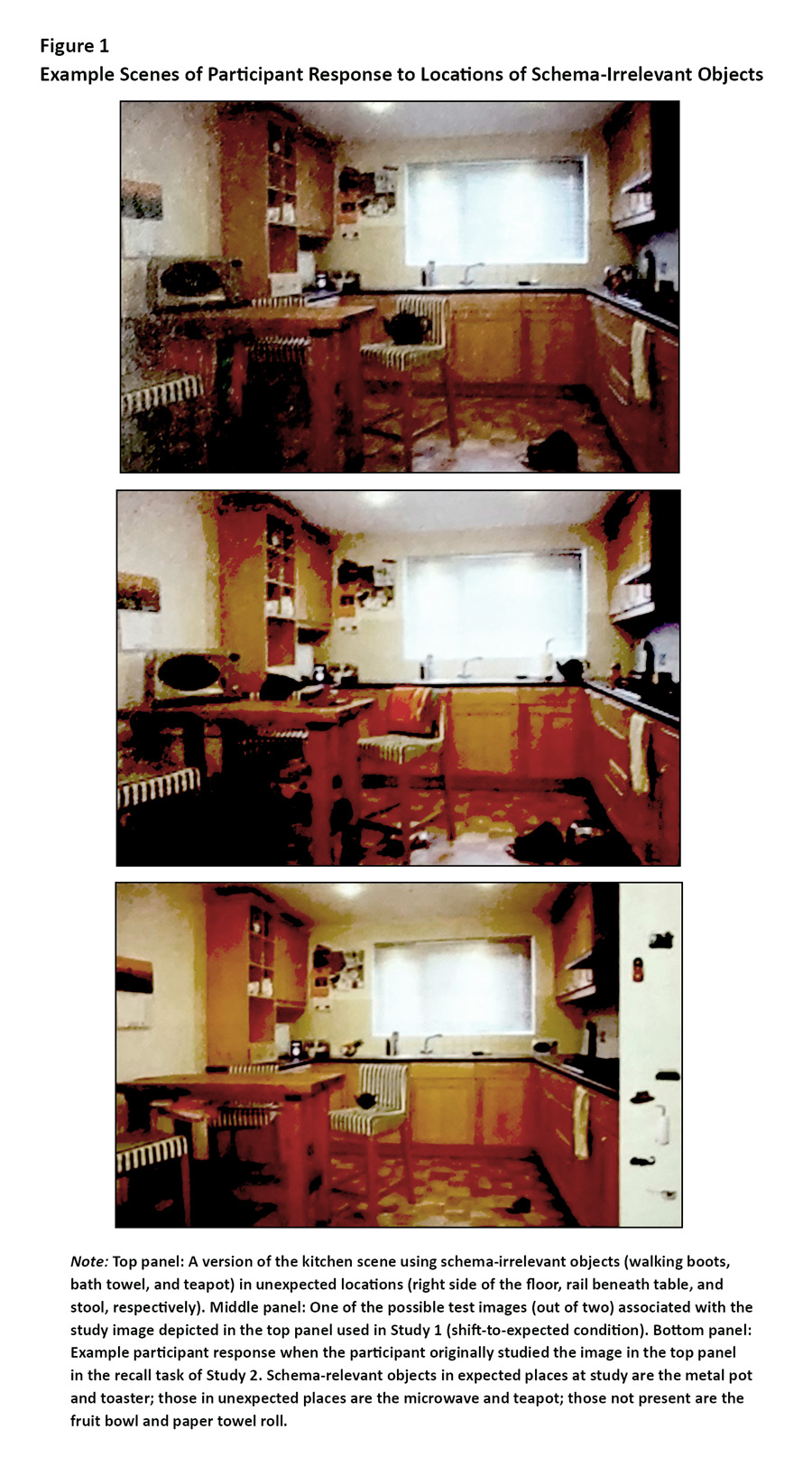MANUAL DE PUBLICACIÓN
ASOCIACIÓN AMERICANA DE PSICOLOGÍA
(American Psychological Association)
Séptima edición – 2020
APA Style Director: Emily L. Ayubi
APA Style Content Development Managers: Chelsea L. Bromstad Lee, Hayley S. Kamin, and Timothy L. McAdoo
APA Style Editors: Anne T. Woodworth and Ayanna A. Adams
American Psychological Association. (2020). Publication manual of the American Psychological Association (7th ed.). http://doi.org/10.1037/0000165-000
ISBN 978-1-4338-3215-4 (Hardcover)
Printed in the United States of America


